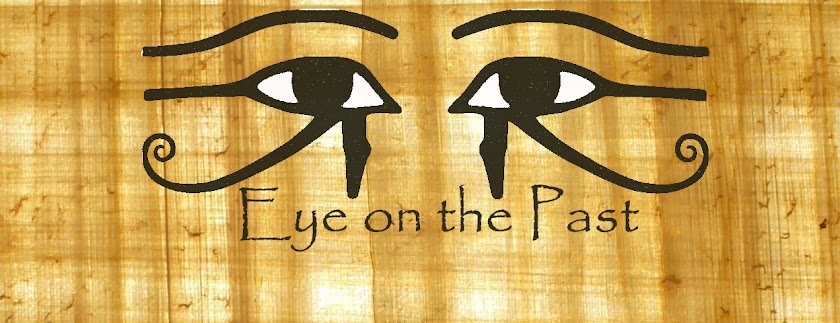The African subspicies of wild cat Felis silvestris lybica is the ancestor of domestic cats in modern Egypt. The date of the first domestication of cats in Egypt is still unknown, however domestication seems to have occured by the start of the Middle Kingdom (2040-1782 BC). Art from this time begins to depict domestic-looking small cats in the company of people. I’m not sure if there are other types of archaeological evidence for the domestication of cats at this time, but Linseele et al do not mention any.
We can see an image of a small cat wearing a collar in a tomb painting in Saqqarah (an early burial site that served Memphis, located in southern Lower Egypt) that dates back to the 5th dynasty (2500-2350 BC). There are also three hieroglyphs in the form of seated cats found on a limestone building block that dates to the end of the 6th dynasty (2278-2184 BC). These images suggest that wild cats in Egypt were beginning to be domesticated by this time.
Large cats such as lions were already an important part of Egyptian iconography, but small cats were not before this time. The wild cat appearing in iconography is novel and might be associated with the transition from preformal art to formal art (“preformal art” generally describes art of the Predynastic Period, while “formal art” describes a style developed during the Dynastic Period of Egyptian history.)
The authors suggest that the use of the cat in iconography represents Egyptians bringing the wild, “chaotic” world around them under some kind of control, as they move from wild, ferocious lions to tame housecats. Two illustrations are mentioned to support this theory: the 'hunter's pallette' and the 'master of animals' carved on a knife handle (the latter is pictured below.) Both depict lions being forced into submission and being killed.
Image by Rama.
In addition to cats appearing in art, their remains show up at burial sites. The remains of seven juvenile lions were found at Abydos (a burial site in Upper Egypt) in the tomb of an early first dynasty king (dated to 3000-2890 BC). This shows us that the lion was a form of entertainment to the kings but also a royal symbol at the same time.
This is interesting because lions aren't native to this region of Egypt. They were most likely trapped in western Africa and then shipped across the desert via established trade routes to Egypt. The small wild cats that became domesticated were likely hunted around Hierankonpolis (a city in Upper Egypt) and were probably intended to be captive "companions." Indeed, lions would be much more difficult and dangerous to keep as pets than their smaller cousins that were already conveniently in the area. These wild cats were probably also a great deal easier to catch and to domesticate than lions were.
The lions that were buried with the early kings appear to have been buried solely in preparation for the king’s afterlife, not for the sake of the animal. This suggests the start of a burial tradition that many royalty after this period follow, namely including animals and other objects in their tombs to provide for them in the afterlife. This appears to be part of the development of the belief that one’s possessions can accompany their owners to the afterlife. This is one of the most well known aspects of ancient Egyptian religion, and it looks like it may have started with some pet cats!
Thanks for reading!


No comments:
Post a Comment